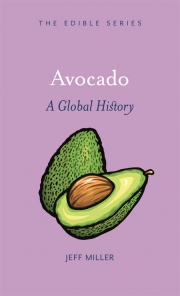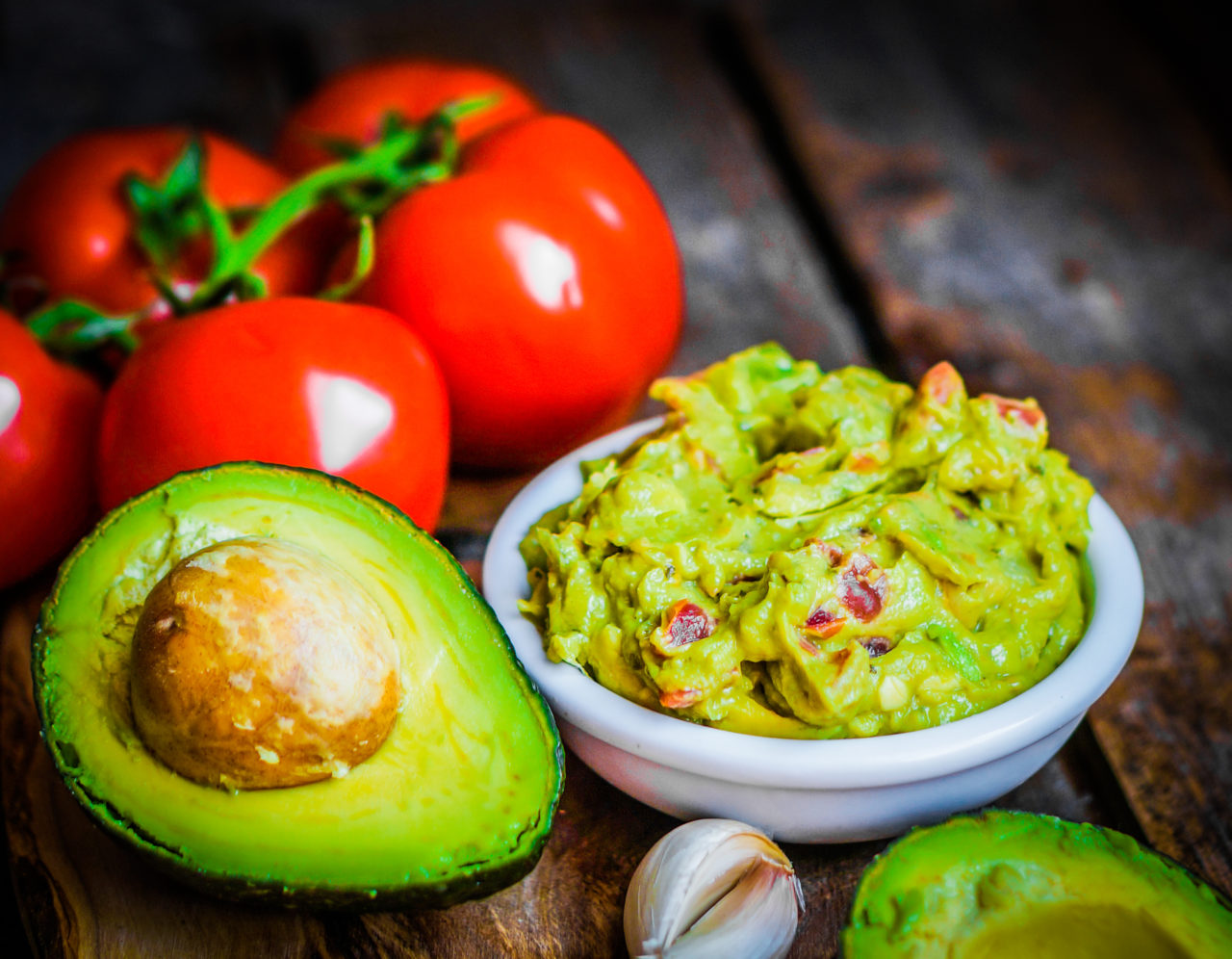 Avocados have experienced wild popularity in recent years and some would say that’s for good reason, but where did this craze begin? Jeff Miller, an associate professor in the Colorado State University Department of Food Science and Human Nutrition, has explored and decoded the complex history and cultural impact of avocados in his upcoming book “Avocado: A Global History.”
Avocados have experienced wild popularity in recent years and some would say that’s for good reason, but where did this craze begin? Jeff Miller, an associate professor in the Colorado State University Department of Food Science and Human Nutrition, has explored and decoded the complex history and cultural impact of avocados in his upcoming book “Avocado: A Global History.”

Social media phenomenon
The avocado is unique in many ways. For one thing, most people don’t know it’s a fruit and not a vegetable. It is full of the good kind of fat, but it is high in calories.
“Avocado is often called a unicorn food because it is both fatty and ‘good for you,’ but the good for you part is somewhat relative,” explained Miller.
In fact, it’s ranked pretty unremarkably for nutrition. While the avocado is a decent source of potassium and vitamin C and has a fair amount of B vitamins and copper, it doesn’t offer much else. Oddly enough, avocados pretty much have to be eaten raw – cooking it activates tannins that become bitter.
“It actually took a long time to be accepted by American eaters and then only because guacamole became such a hit,” said Miller.
The current status of the avocado as a popular food probably started in the late 1960s and early 1970s. Mexican food became increasingly popular in the U.S., and by the 1990s guacamole was so big that it was featured in a Super Bowl advertisement. That popularity has since morphed into a social media phenomenon, with avocado toast becoming a symbol across platforms.
Ghost of evolution
The avocado’s story starts during the Pleistocene. Co-evolved with mega-fauna that were able to eat something with a large pit and pass it in another area, some academics call the avocado a ghost of evolution.
 Modern avocados originated in the temperate highlands of Central Mexico. They traveled around Mesoamerica prior to the arrival of the Spanish, but today are grown on every continent except Antarctica.
Modern avocados originated in the temperate highlands of Central Mexico. They traveled around Mesoamerica prior to the arrival of the Spanish, but today are grown on every continent except Antarctica.
However, global appetite for avocados is having a damaging effect on communities where they are grown. It takes about a bathtub full of water to produce a mature avocado. With increasing numbers of avocado plantations sprouting up across the world, droughts and limited water mean it will be harder and harder to justify them as a crop there.
“The most heart-breaking story is Chile, where there are many small holders who can no longer make a living because big land owners have illegally grabbed all the water, effectively forcing small holders to abandon their land,” explained Miller.
In our ever-evolving world, the avocado has been through an interesting journey. Find out more in “Avocado: A Global History.”
More reading opportunities
“Avocado: A Global History” is part of a larger collection called “Edible” by Reaktion. These books are written for the general public by academics in a way that’s meant to decode and explain complex topics. The “Edible” series is well-researched and documented, but is written in a way that’s interesting to read and avoids dry explanations. Filled with lots of nice pictures and a handful of recipes at the end of the book, these are a great way to dip your toe into non-fiction writing.
“This is the first general readership book I have ever written,” Miller said. “It was a lot of fun to research and write.”
The Department of Food Science and Human Nutrition is part of CSU’s College of Health and Human Sciences.